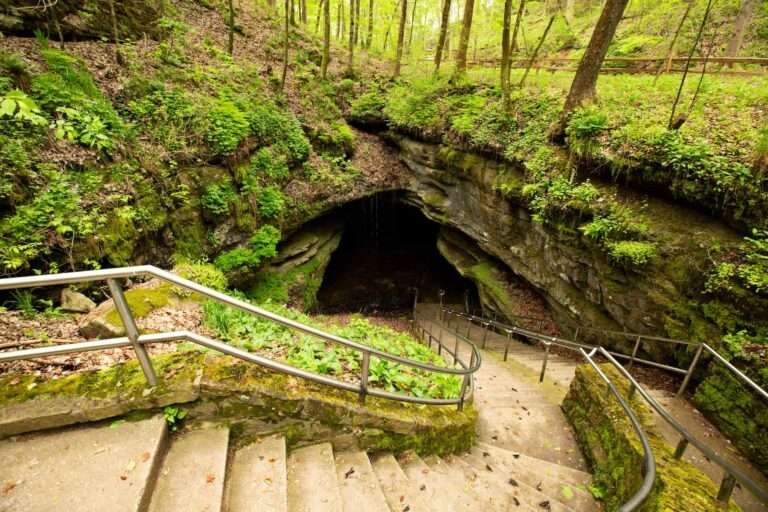
Caves have always fascinated me. Their otherworldly formations, rich histories, and the mysteries they hold make them irresistible. Walking through their dark, winding passageways with just a dimly lit lantern or flashlight, I feel like Indiana Jones uncovering secrets hidden beneath the earth.
Welcome to Mammoth Cave National Park
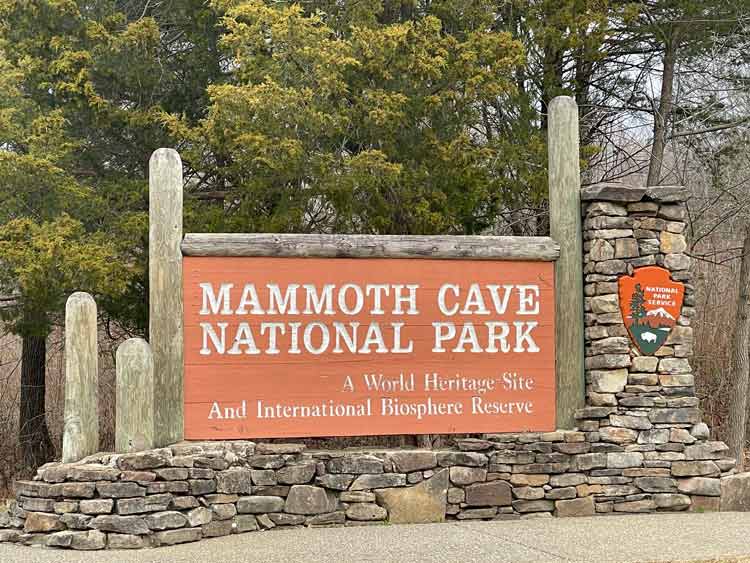
Mammoth Cave National Park in Kentucky is home to the world’s longest known cave system, with over 400 miles of explored and mapped passageways. The actual extent of the cave remains unknown, with an estimated 600 miles still unexplored.
This UNESCO World Heritage Site and International Biosphere Reserve is a geological wonder, shaped over millions of years as limestone eroded beneath the sandstone-capped rolling hills of south-central Kentucky.
The Green River, along with the Nolin River, played a significant role in shaping the vast underground labyrinth. Water seeping through sinkholes in the surface allowed for the gradual dissolution of limestone, forming intricate dripstone formations like stalactites and stalagmites.
The Human History of Mammoth Cave
Long before the National Park Service (NPS) protected the area, Native Americans explored Mammoth Cave over 4,000 years ago, using it for shelter and mining minerals.
Artifacts such as pottery, primitive tools, and even mummified remains have been discovered deep within the caverns, indicating the importance of this underground world to early civilizations. Research suggests these ancient explorers ventured about 20 miles into the cave’s depths.
European settlers rediscovered Mammoth Cave in the late 1700s, and during the War of 1812, enslaved laborers mined the cave for nitrates to produce saltpeter for ammunition.
By the 19th century, Mammoth Cave became a major attraction, with African American guides playing a crucial role in its exploration and tourism.
These guides, many of them formerly enslaved, led visitors through the cave’s passageways, illuminating its grandeur with oil lamps. Their signatures, etched into limestone with soot, remain visible today.
Tours and Tickets to Experience Mammoth Cave
Stephen Bishop: The Legendary Explorer
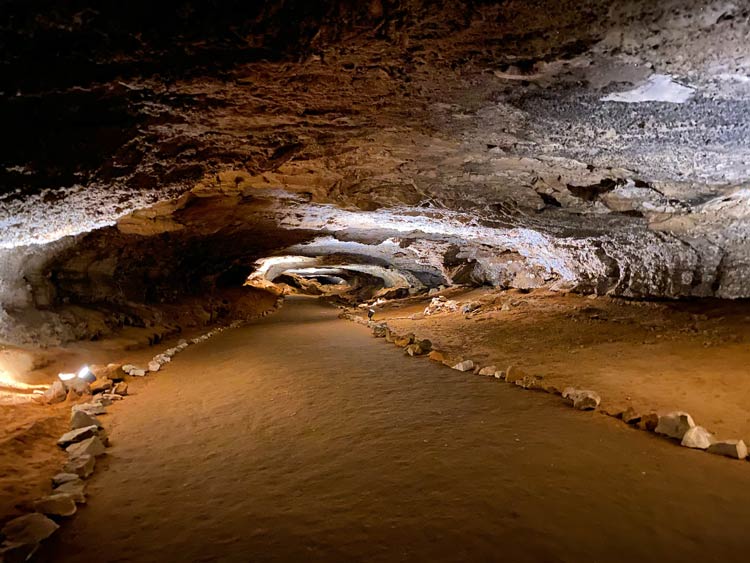
One of the most renowned early explorers was Stephen Bishop, an enslaved guide who mapped much of Mammoth Cave’s underground system. At just 17 years old, Bishop was brought to the cave by his owner, Franklin Gorin, who aimed to transform it into a tourist attraction.
Armed with a lantern and ropes, Bishop navigated treacherous sinkholes, boulders, and submerged caverns, uncovering tunnels and chambers that are now some of the park’s most famous features.
One of his most daring feats involved crossing the 105-foot-deep Bottomless Pit, a cavern so dark that torches thrown into it seemed to vanish. Using a makeshift ladder, he crawled across the abyss with a lantern in his teeth.
He also discovered Fat Man’s Misery, a narrow passage so constricted that he had to dig his way through, only to emerge into a chamber dubbed Tall Man’s Misery and eventually into Great Relief Hall.
Haunted Legends and the TB Experiment
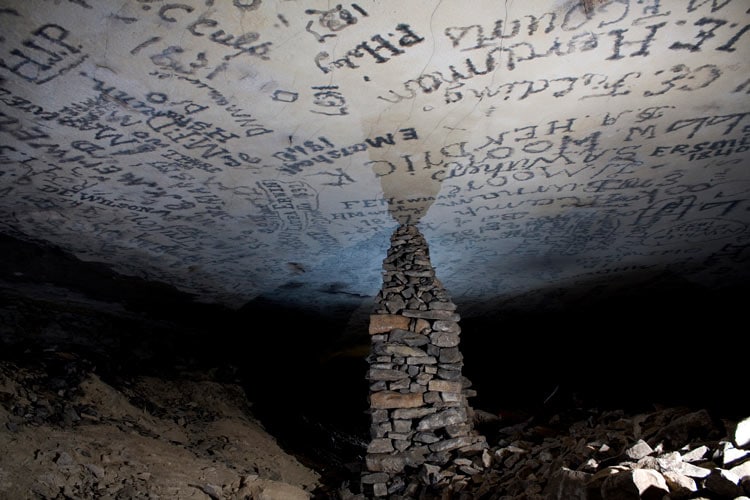
Mammoth Cave has a dark and eerie past, contributing to its reputation as one of the most haunted places in the U.S. Many visitors claim to sense spirits or capture unexplained objects in their photographs. Among the cave’s tragic stories is Dr. John Croghan’s failed tuberculosis experiment in 1842.
Believing the cave’s air had restorative properties, Dr. Croghan moved 16 TB patients into stone and wooden structures inside the cave. Initially, they showed signs of improvement, but the dark, damp, and smoke-filled environment ultimately worsened their conditions.
Several patients died within the cave, and the experiment was abandoned after five months. Dr. Croghan himself succumbed to TB a few years later.
The Tragic Tale of Floyd Collins
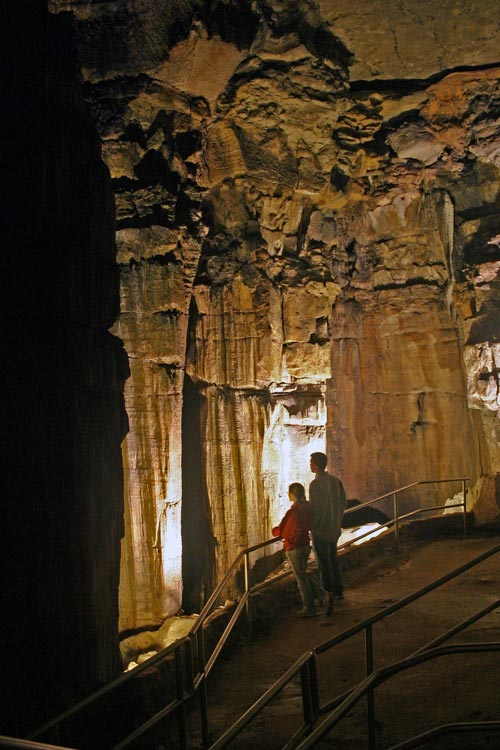
The most infamous story associated with Mammoth Cave is the tragic fate of Floyd Collins in 1925. A seasoned spelunker, Collins was exploring a narrow, previously undiscovered passage when a 27-pound rock trapped his ankle.
His rescue attempt turned into a national spectacle, with thousands gathering at the site as newspapers sensationalized the event.
Despite extensive efforts, Collins perished after 17 days underground. His death not only made national headlines but also highlighted the need to preserve Kentucky’s cave systems, ultimately leading to the establishment of Mammoth Cave National Park in 1941.
Exploring Mammoth Cave Today
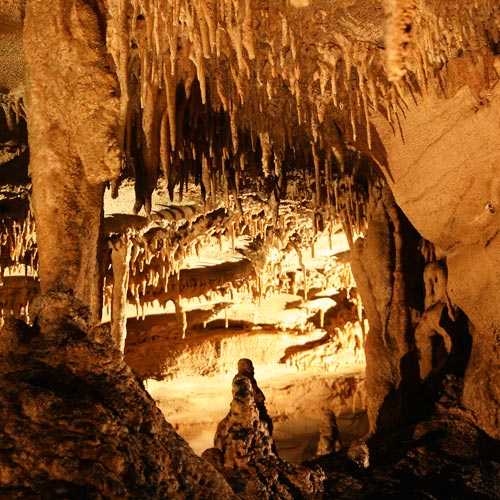
Today, visitors can experience the wonders of Mammoth Cave National Park through a variety of cave tours, ranging from easy, self-guided walks to strenuous, adventurous crawls. The tours showcase breathtaking dripstone formations like stalactites and stalagmites, while the Historic Tour retraces the paths of early explorers.
Those seeking an extra thrill can take a lantern-lit tour, immersing themselves in the cave’s eerie ambiance just as 19th-century adventurers did.
Above ground, the park offers an abundance of outdoor activities, including hiking, biking, and kayaking along the Green River. Canoeing through the Green River Valley provides a different perspective of the park’s landscape, with its rolling hills, sinkholes, and dense forests teeming with diverse ecosystems.
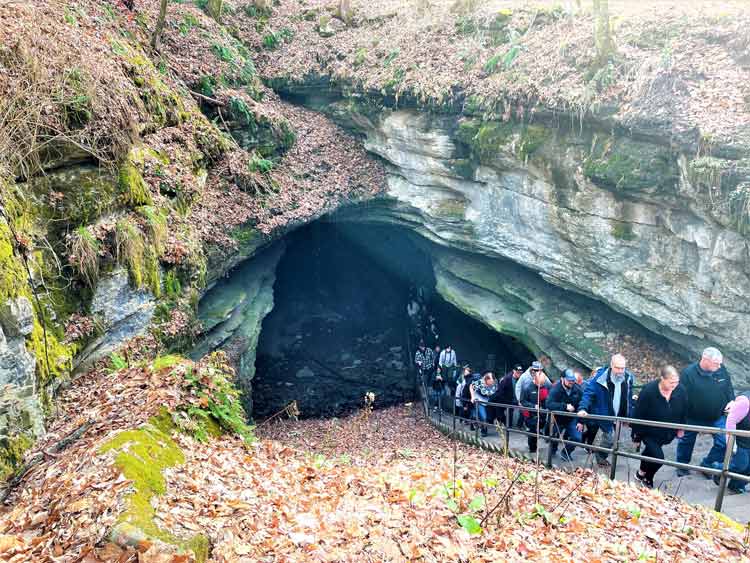
Visitors can also explore nearby Cave City or venture to Bowling Green and even Cincinnati for additional attractions.
Mammoth Cave National Park is more than just a collection of underground passageways—it’s a living history of geological evolution, human exploration, and natural wonder.
Whether you’re a history buff, an adventure seeker, or a nature lover, this park offers an unforgettable journey into the depths of the earth.
Mammoth Cave National Park (U.S. National Park Service) (nps.gov)
Inspire your next adventure with our articles below:
- Life of a Champion: Exploring the Muhammad Ali Center in Louisville
- Kentucky’s Vent Haven Museum Celebrates the Unique Art of Ventriloquy
- Chattanooga by Water: A Guide to the City’s Best Aquatic Adventures
Want to discover more hidden gems and helpful travel tips? Join our free newsletter for the latest travel secrets and travel articles.
We are reader-supported and may earn a commission on purchases made through links in this article.

